When she started wearing hearing aids, journalism instructor Grace Lim discovered the toll her hearing loss had taken on family and friends.
By Grace Lim
Two months after my 44th birthday, I embarked on a series of routine medical checkups that included a hearing test. I told the audiologist how mumblers appeared to have taken over the world: my yoga teacher, my husband, the college students who take my journalism classes. They all mumbled.
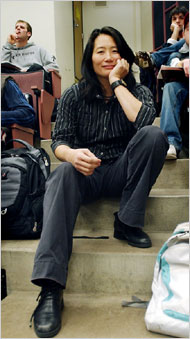 Before hearing aids, instructor Grace Lim had trouble hearing students. (Photo by Megan Sheridan)
Before hearing aids, instructor Grace Lim had trouble hearing students. (Photo by Megan Sheridan)She listened, nodded, compassion in her eyes, and said, “It’s not them.” Three tiny words, followed by two even more devastating ones. “It’s you.”
That was the day I learned that I had a moderate to severe hearing loss. It should have been obvious to me all these years, but somehow I didn’t notice. I watch TV with subtitles and the volume cranked up. My sons, ages 12 and 9, often say “Never mind” because I have so often asked them to repeat themselves. And for years, I’ve accused my husband of sneaking up on me. “I live here,” he says with exasperation, but has nonetheless learned to announce himself every time he enters a room so he doesn’t startle me. In the large auditorium where I teach one of my classes, I constantly stop my students midsentence so I can run up and down the aisles to get within hearing distance.
My hearing loss appears to be genetic. My mother and grandmother both have hearing loss, but I had always thought it was due to normal aging. But my level of hearing loss at a relatively young age suggests hearing problems run in my family.
After my hearing tests, the audiologist told me that the decibel level at which I am comfortable hearing is twice that of a normal person. When she demonstrated the normal decibel level, I was shocked. It was as if I had been placed into a Charlie Brown TV world where grown-ups spoke in an unintelligible muffled language. Read more…


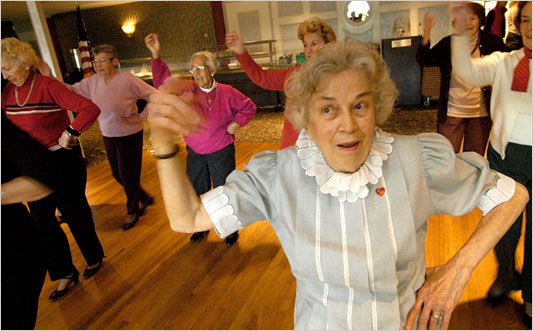
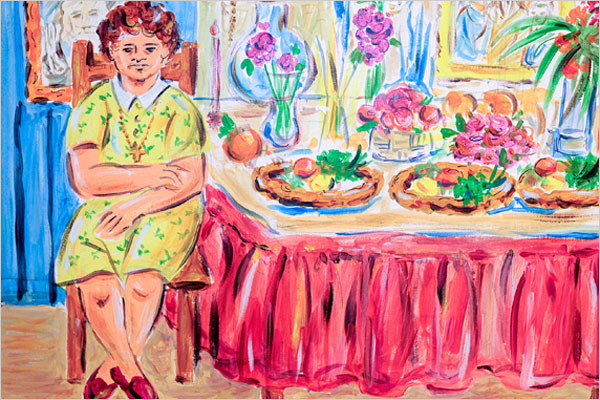


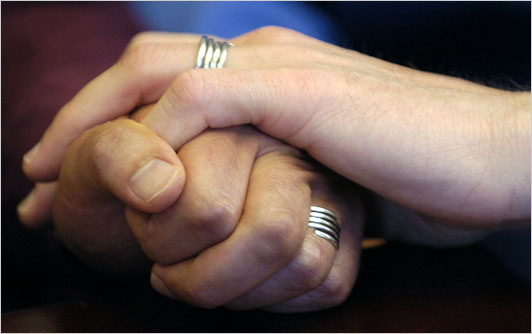
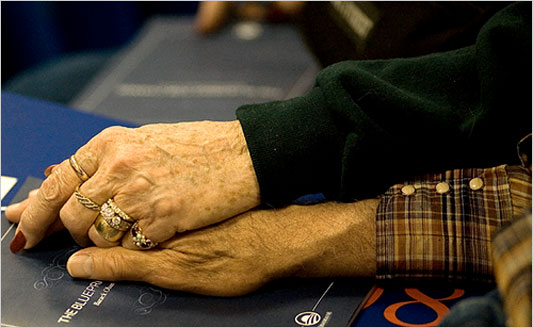
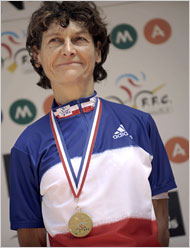








 Healthy living doesn't happen at the doctor's office. The road to better health is paved with the small decisions we make every day. It's about the choices we make when we buy groceries, drive our cars and hang out with our kids. Join columnist Tara Parker-Pope as she sifts through medical research and expert opinions for practical advice to help readers take control of their health and live well every day. You can reach Ms. Parker-Pope at
Healthy living doesn't happen at the doctor's office. The road to better health is paved with the small decisions we make every day. It's about the choices we make when we buy groceries, drive our cars and hang out with our kids. Join columnist Tara Parker-Pope as she sifts through medical research and expert opinions for practical advice to help readers take control of their health and live well every day. You can reach Ms. Parker-Pope at 

